1. Pottage
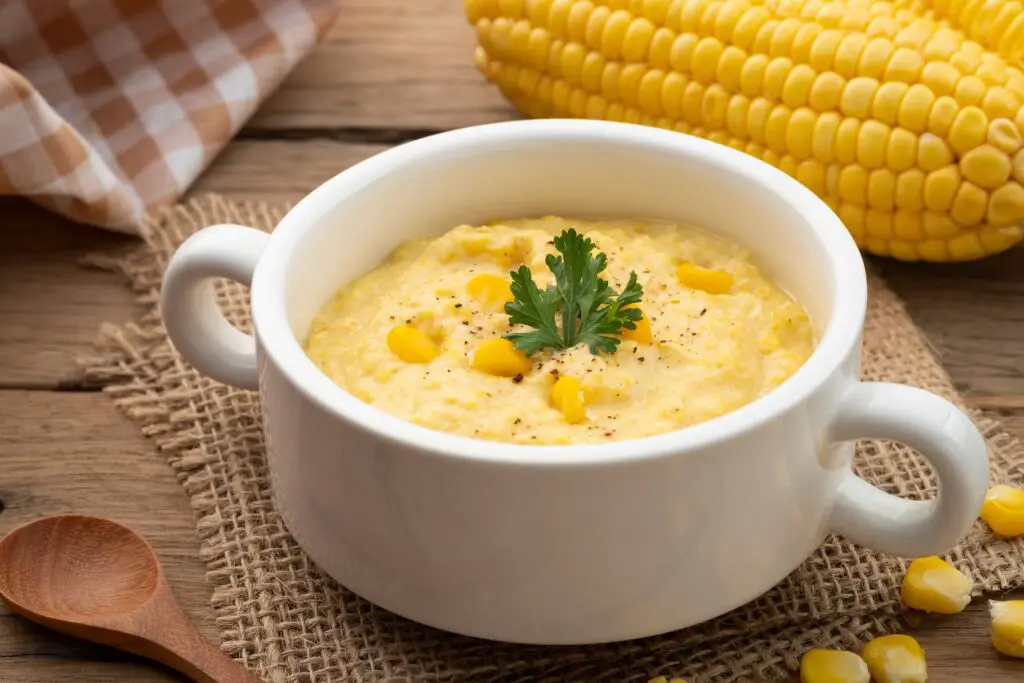
If there was one dish that truly summed up medieval peasant life, it was pottage. This thick, vegetable-based stew was a staple for centuries, and while it doesn’t sound fancy, it was hearty, filling, and could simmer all day over a fire while folks worked. Today, foodies are reviving pottage with seasonal root vegetables, herbs, and grains like barley or oats for a rustic, comforting meal. It’s basically the ultimate clean-out-your-fridge dinner shares Wikipedia.
Modern versions sometimes add a little shredded chicken or lentils to up the protein, but it still holds onto that simple, earthy charm. You’ll find it popping up at medieval fairs and even on menus at farm-to-table restaurants. It’s perfect for cold days when all you want is something warm and cozy. Plus, there’s something satisfying about knowing your dinner has a thousand years of history behind it adds Brand New Vegan.
2. Mead-Glazed Meat
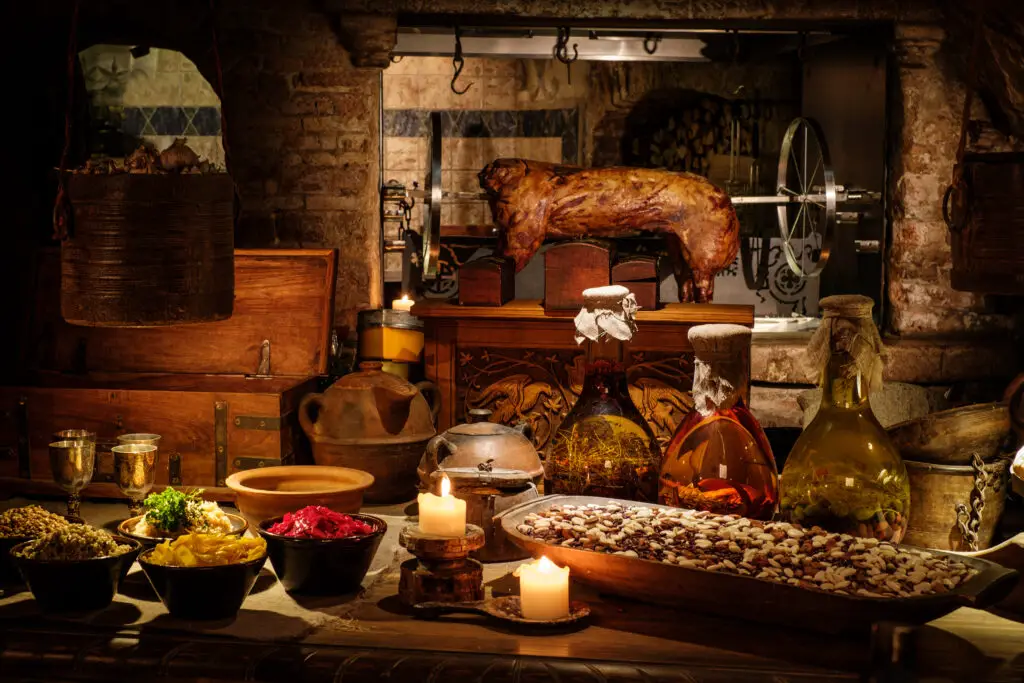
Mead isn’t just for Viking festivals anymore. People are getting creative in the kitchen by using this honey wine to glaze meats like pork or chicken, giving them a sweet, slightly floral finish that feels both ancient and new shares Reddit.
In medieval times, mead was a common drink, but now it’s showing up in marinades and sauces, adding depth and richness. It’s especially popular with the homebrew crowd who like to make their own mead and experiment with it in recipes. Imagine a slow-roasted pork shoulder with a sticky mead glaze and some rosemary—yes, please. It’s a step away from the usual BBQ flavors and brings something unexpected to the table. Some are even adding a mead reduction to stews or drizzling it over roasted veggies. It’s a fun way to dip your toes into medieval flavor without going full knight-in-shining-armor explains Nightflare Nest.
3. Trencher Bread
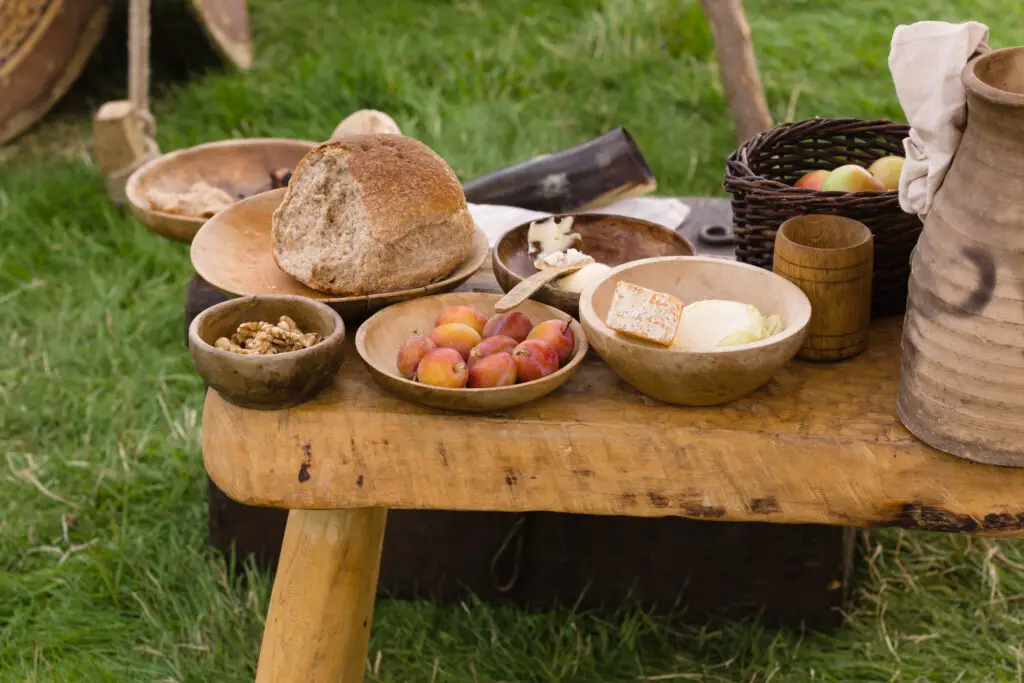
Before plates were a thing, people ate off thick slices of stale bread called trenchers. And while that might sound like a medieval paper plate situation, modern food lovers are putting their own twist on it by making edible serving platters out of sourdough or rye.
Restaurants and pop-up food events are now using this concept as a rustic, eco-friendly way to serve up everything from stews to roasted veggies. The best part? You can eat the trencher once the toppings are gone—kind of like a savory bread bowl, but flatter. Some versions are toasted or grilled first to soak up all the juices. It’s great for sharing and adds a tactile, hands-on feel to the meal. Plus, there’s no need to wash dishes after. Your dishwasher will thank you.
4. Frumenty
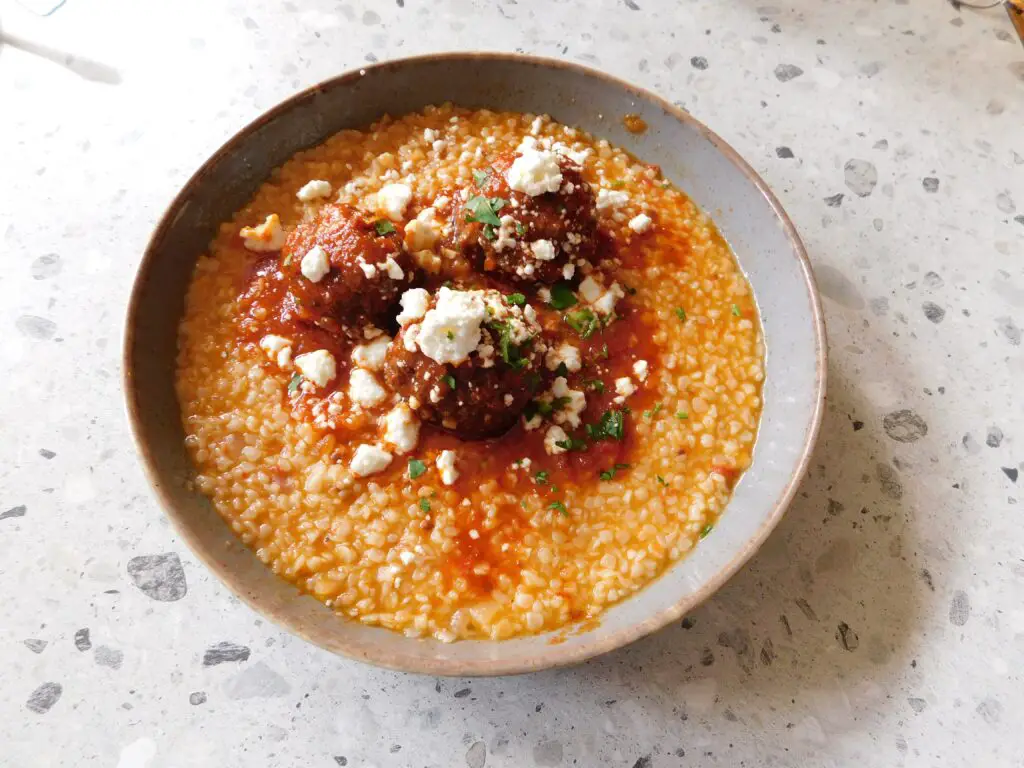
This creamy wheat porridge was once a favorite holiday dish, especially when it was dressed up with dried fruits, spices, or a splash of milk. Today, frumenty is getting a glow-up thanks to the whole grain movement and a general love of anything ancient and wholesome.
Cooks are adapting it with cracked wheat, bulgur, or even farro, and adding everything from cinnamon to poached pears. Some make it sweet like breakfast oatmeal, while others lean savory with herbs and roasted vegetables. It’s surprisingly versatile and makes a great side dish or even a main if you bulk it up. The texture is kind of like risotto meets porridge. And for anyone tired of quinoa, it’s a fun way to shake things up. People love a comeback story, especially when it involves carbs.
5. Cockentrice
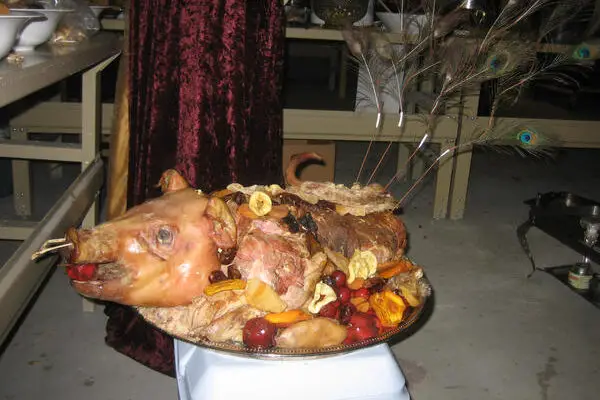
If you’ve never heard of cockentrice, you’re not alone—it’s the Frankenstein of medieval cuisine. Basically, it’s a dish where the front half of one animal (often a piglet or chicken) was sewn to the back half of another, roasted, and presented as a bizarre centerpiece.
Now, before you cringe too hard, modern chefs are revisiting the concept in a much less gory way. Think of it more like a creative meat roulade or a “fusion roast” where different meats are layered and tied together for a wow factor. It’s about surprise and presentation more than shock value. People are experimenting with turkey and pork or chicken and duck, seasoned and roasted as one. And with social media loving anything outlandish, cockentrice-inspired roasts are having a weird little renaissance. Just maybe skip the sewing part.
6. Elderflower Syrup
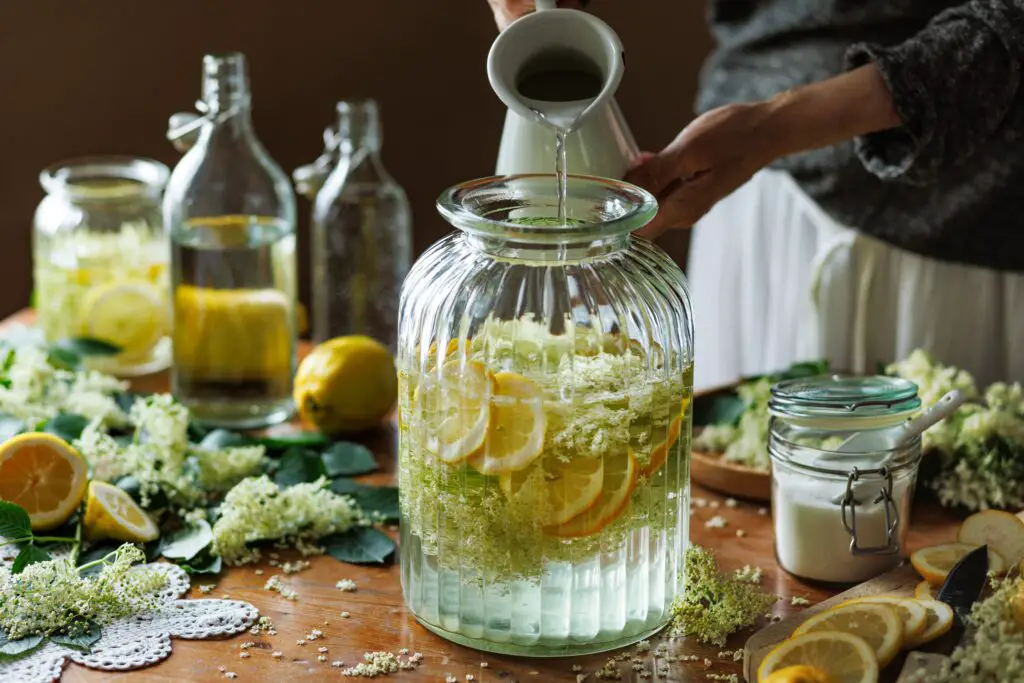
Long before soda and store-bought mixers, folks in the Middle Ages were crafting syrups from herbs and blossoms—elderflower being a favorite. It has a delicate, floral taste that was used to sweeten drinks, desserts, and even medicine.
Now, elderflower is back in style thanks to its appearance in fancy cocktails and artisanal sodas. You can buy bottled elderflower syrup or make your own if you’re feeling adventurous and know where to find the blossoms. It’s lovely drizzled over fresh berries, swirled into lemonade, or even added to whipped cream. There’s a romantic, old-world vibe to it that makes anything feel a little more magical. And yes, it pairs beautifully with champagne. Medieval elegance with modern bubbles? Sign us up.
7. Leche Lumbarde
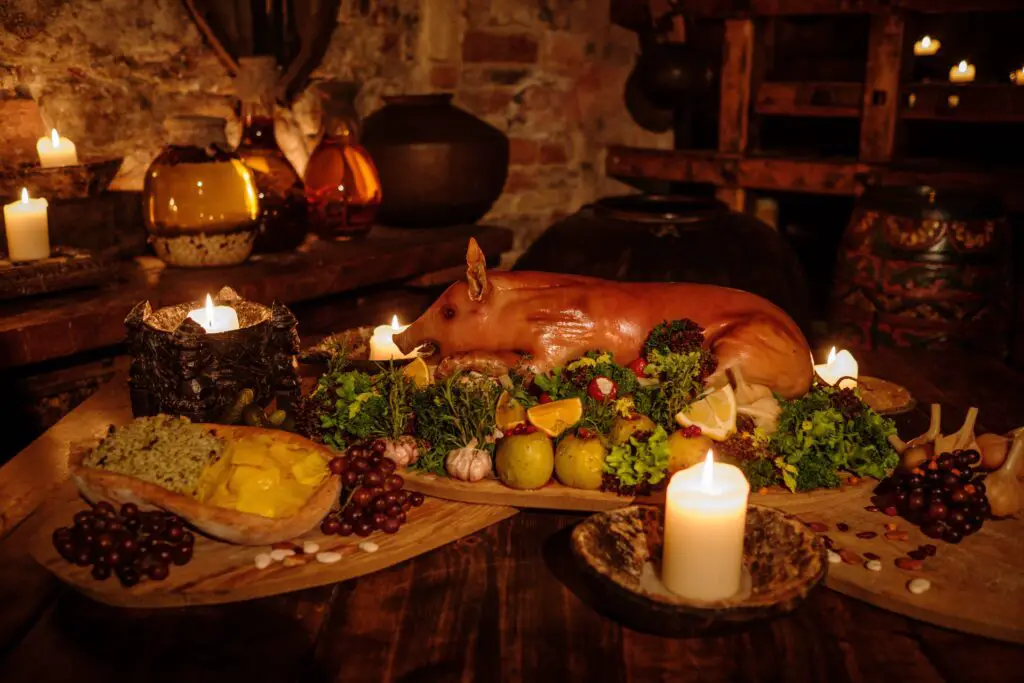
This sweet, spiced meat dish might sound strange, but it was all the rage in medieval banquets. Typically made with cooked meat, sugar, and warming spices like cinnamon and cloves, it was sort of a cross between a meat stew and a dessert.
Food historians and curious cooks are revisiting leche lumbarde as part of the “medieval fusion” trend. With the right balance of spice and sweetness, it’s surprisingly delicious, especially with dried fruits and nuts added in. Modern versions often swap in lamb or beef and serve it over rice or couscous. It’s not your average weeknight dinner, but it makes for a fun culinary adventure. And it reminds us that our ancestors weren’t afraid to mix sweet and savory in bold ways. You might not eat it every day, but it’s a great way to spice things up—literally.
8. Tansy Cake
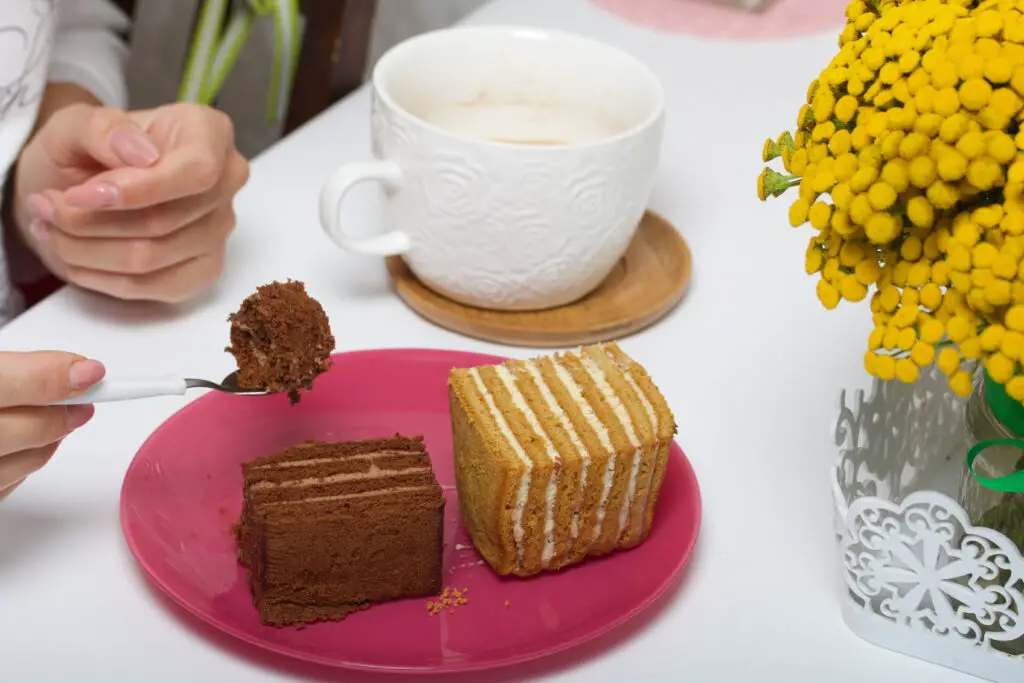
This bright green custard-like dessert was originally made during Lent and flavored with the bitter herb tansy, believed to cleanse the body. While the original might not appeal to everyone, modern versions skip the bitterness and lean into herbal and citrus notes.
Chefs today are reimagining tansy cake as a springtime treat using fresh mint, lemon zest, and natural green coloring from spinach or herbs. It’s light, unusual, and a conversation starter for sure. The texture is soft, almost like a flan or thick pudding. Some versions are even baked into tart shells or served chilled like a panna cotta. It’s not your standard chocolate cake, but that’s kind of the point. It brings something whimsical and old-fashioned to the dessert table.
9. Minutal
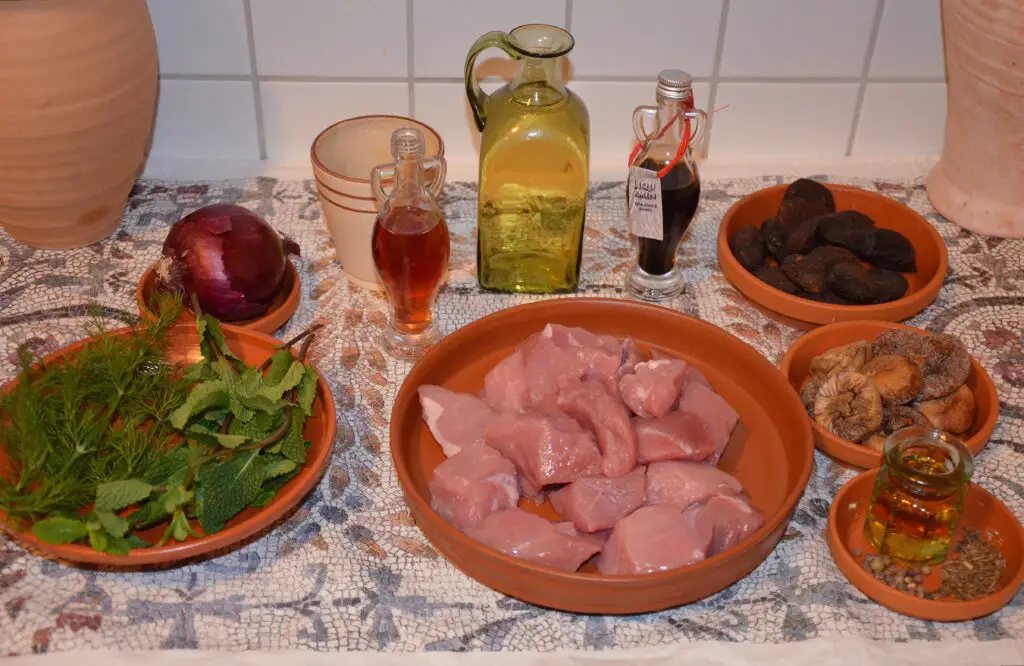
The Romans may have invented it, but minutal—an herby, sweet-and-sour stew—was still popular in parts of medieval Europe. Made with meat, vinegar, dried fruit, and spices, it hits that perfect balance of savory and tangy.
Home chefs today are rediscovering minutal as a unique slow-cooked dish with bold, unexpected flavors. Some versions feature pork shoulder with apricots, leeks, and wine vinegar, all simmered until rich and tender. It’s kind of like a medieval take on Moroccan tagine. The combination of meat and fruit might surprise you, but it works. It’s cozy, aromatic, and makes your kitchen smell amazing. And let’s be honest—dinner always tastes better when it feels like it came from an ancient cookbook.
10. Hippocras
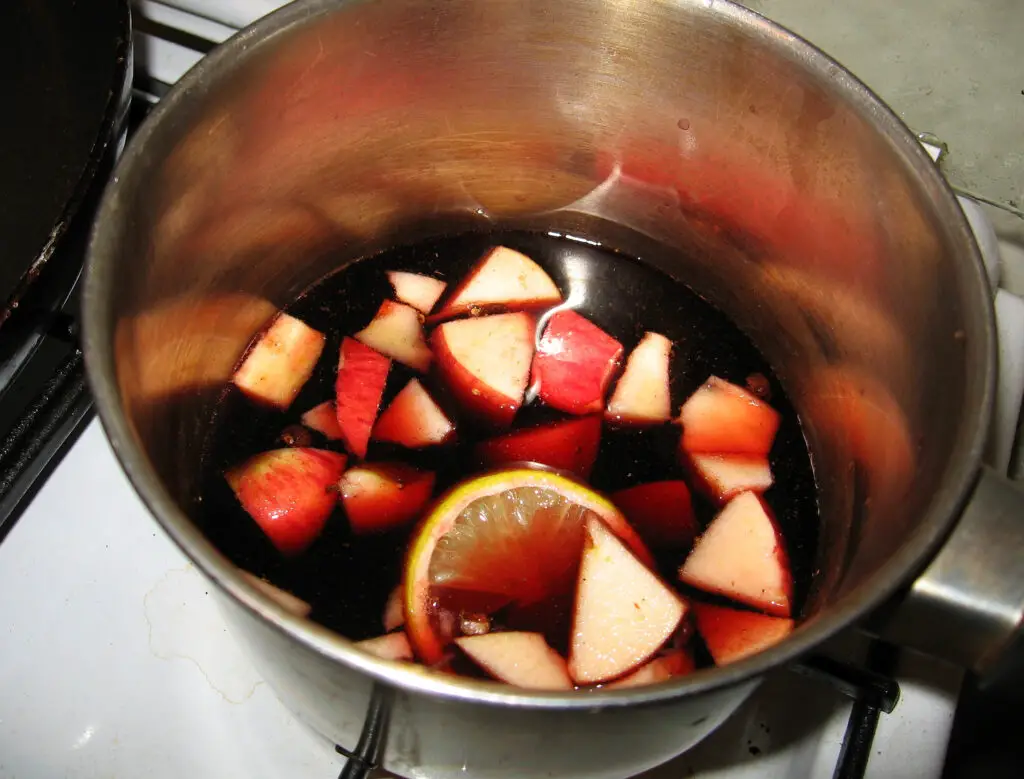
Think of hippocras as medieval mulled wine—sweetened with honey and spiced with cinnamon, ginger, and cloves. It was a drink for celebrations, often served at the end of meals or during feasts.
Today, it’s making a comeback among home bartenders and historical reenactors alike. It’s simple to make and perfect for cold-weather gatherings or a cozy evening by the fire. Some people chill it and serve it as a refreshing spiced wine spritzer. Others go full-on traditional with warm red wine, honey, and lots of spices. Either way, it’s a drink with centuries of party history. Who needs a modern cocktail when you can sip something straight out of a castle?
11. Pears in Syrup
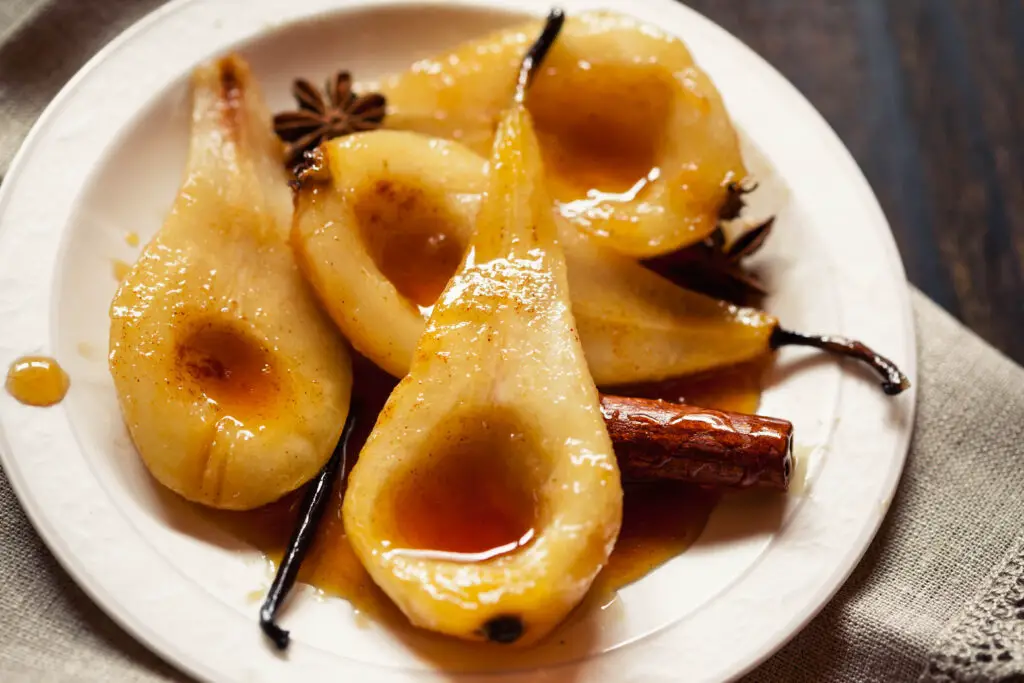
A popular dessert in medieval courts, pears in syrup were often poached in wine or honey and spiced with cinnamon, cloves, and pepper. They were luxurious, flavorful, and easier to make than a pie.
Now, food lovers are bringing this dish back as a beautiful, fuss-free dessert. Poached pears look elegant and taste even better chilled and drizzled with their cooking syrup. Some serve them with mascarpone or yogurt for a modern touch. Others use red wine to tint them a deep ruby color. You can make a batch ahead of time and keep them in the fridge for days. They’re proof that sometimes, simple really is best.
12. Curd Cheese
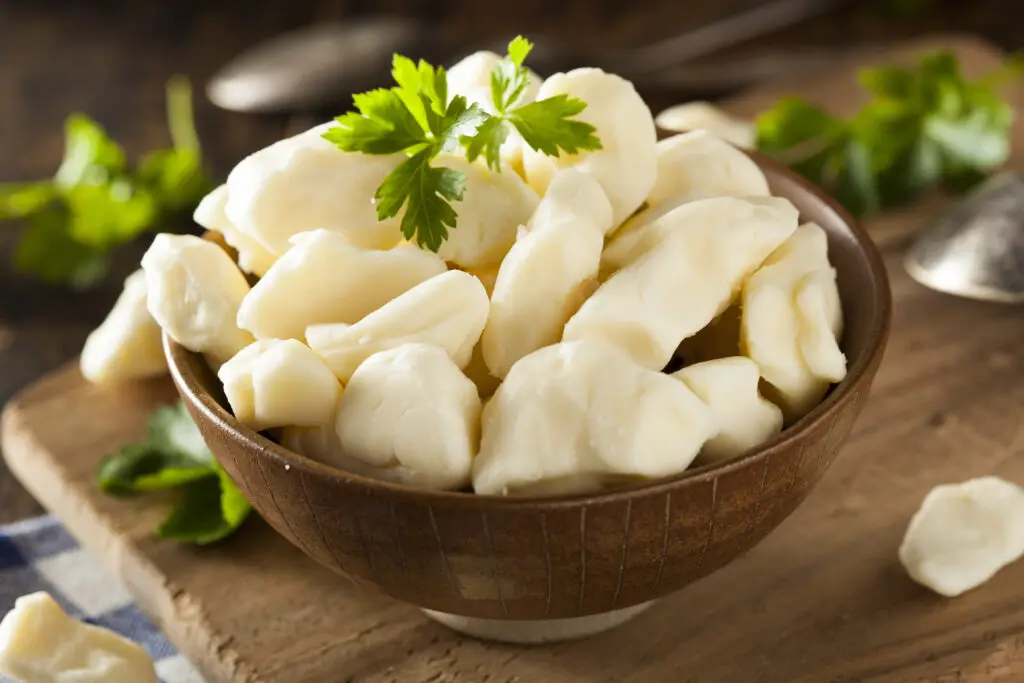
Before cream cheese took over, there was curd cheese—fresh, soft, and often flavored with herbs or honey. In medieval times, it was made at home using milk, vinegar, and a bit of patience.
Today, it’s having a quiet revival among DIYers and cheese lovers who want something fresh and homemade. It’s ridiculously easy to make and can be used in both sweet and savory dishes. Spread it on sourdough with a drizzle of honey, or mix in chives and garlic for a rustic snack. Some people even use it as a filling for crepes or stuffed pasta. It’s creamy without being heavy and has a delicate flavor that lets your toppings shine. And there’s something satisfying about saying, “Oh, I made that myself.”
13. Herb-Filled Omelets (Herbolace)

Known as herbolace, this dish was a medieval take on the omelet, packed with fresh herbs and greens. It was considered both nourishing and medicinal, with ingredients like parsley, mint, and fennel.
Now, with the rise of seasonal and foraged cooking, herbolace is having a moment again. Chefs are folding in everything from nettles to dandelion greens, and serving them with rustic bread. It’s light, refreshing, and packed with flavor. Think of it as spring on a plate. You don’t need fancy ingredients—just what’s growing nearby. It’s a great way to shake up your breakfast or brunch routine.
14. Spiced Almond Milk
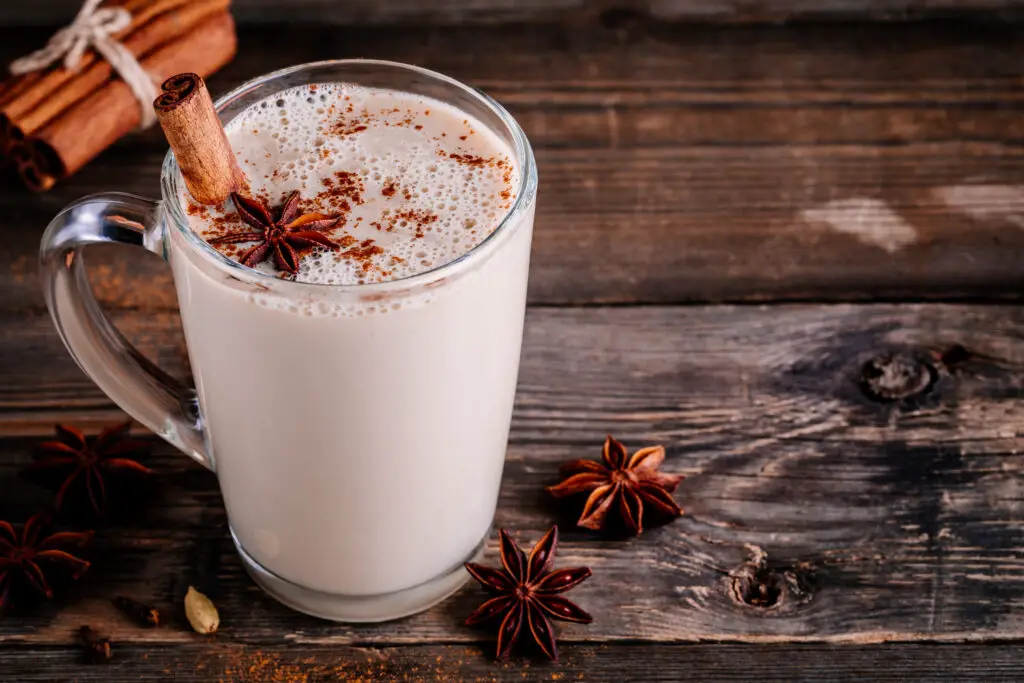
Long before cow’s milk became the standard, almond milk was a pantry staple in medieval kitchens. It was made by grinding almonds with water and straining the mixture to create a rich, creamy base for both savory and sweet dishes.
Modern cooks are bringing it back with a twist—adding warming spices like cinnamon, cardamom, and nutmeg to make a comforting drink or dessert base. It’s dairy-free, flavorful, and perfect for lattes or as a twist on hot chocolate. You can even use it in baked goods for added depth. Homemade versions are easy with a blender and a bit of cheesecloth. It’s a reminder that plant-based milks are nothing new. Sometimes the past is just ahead of the trend.
